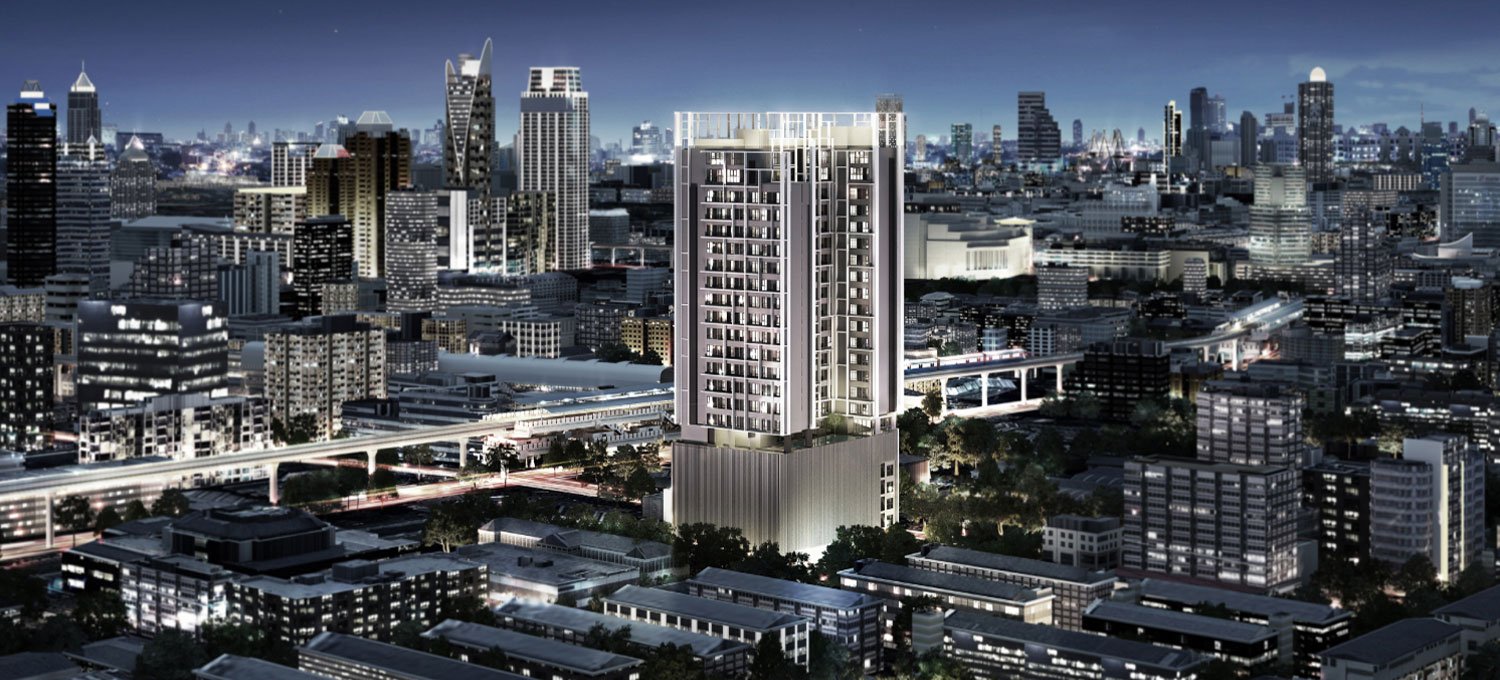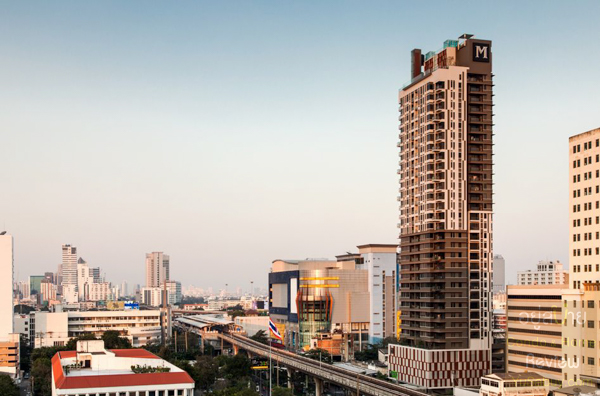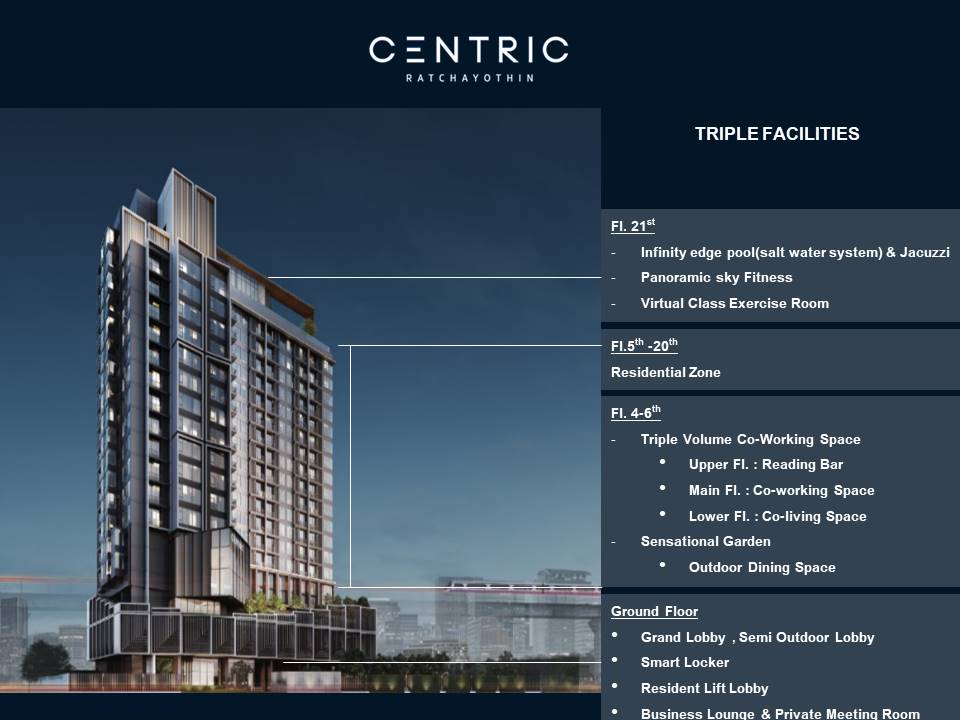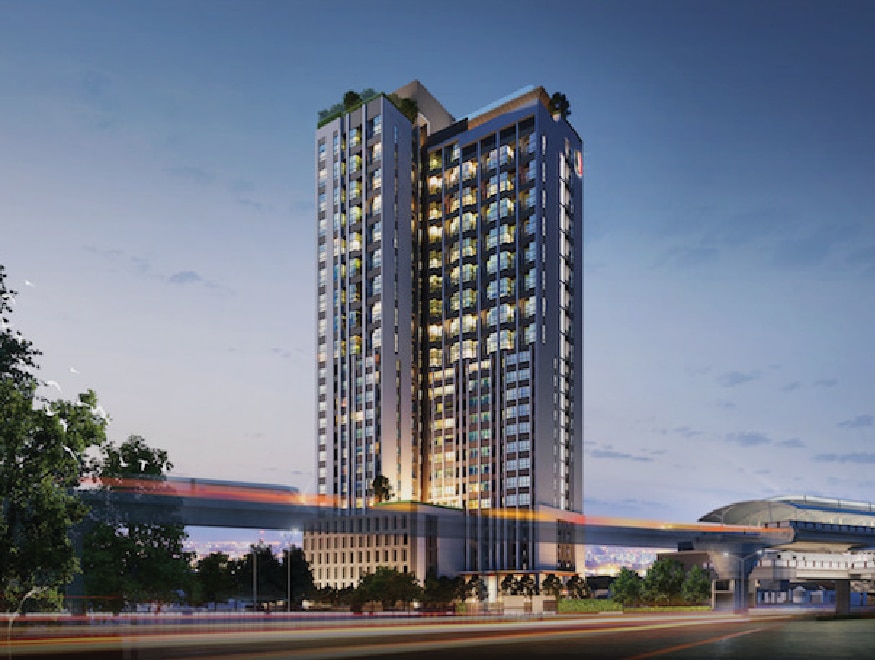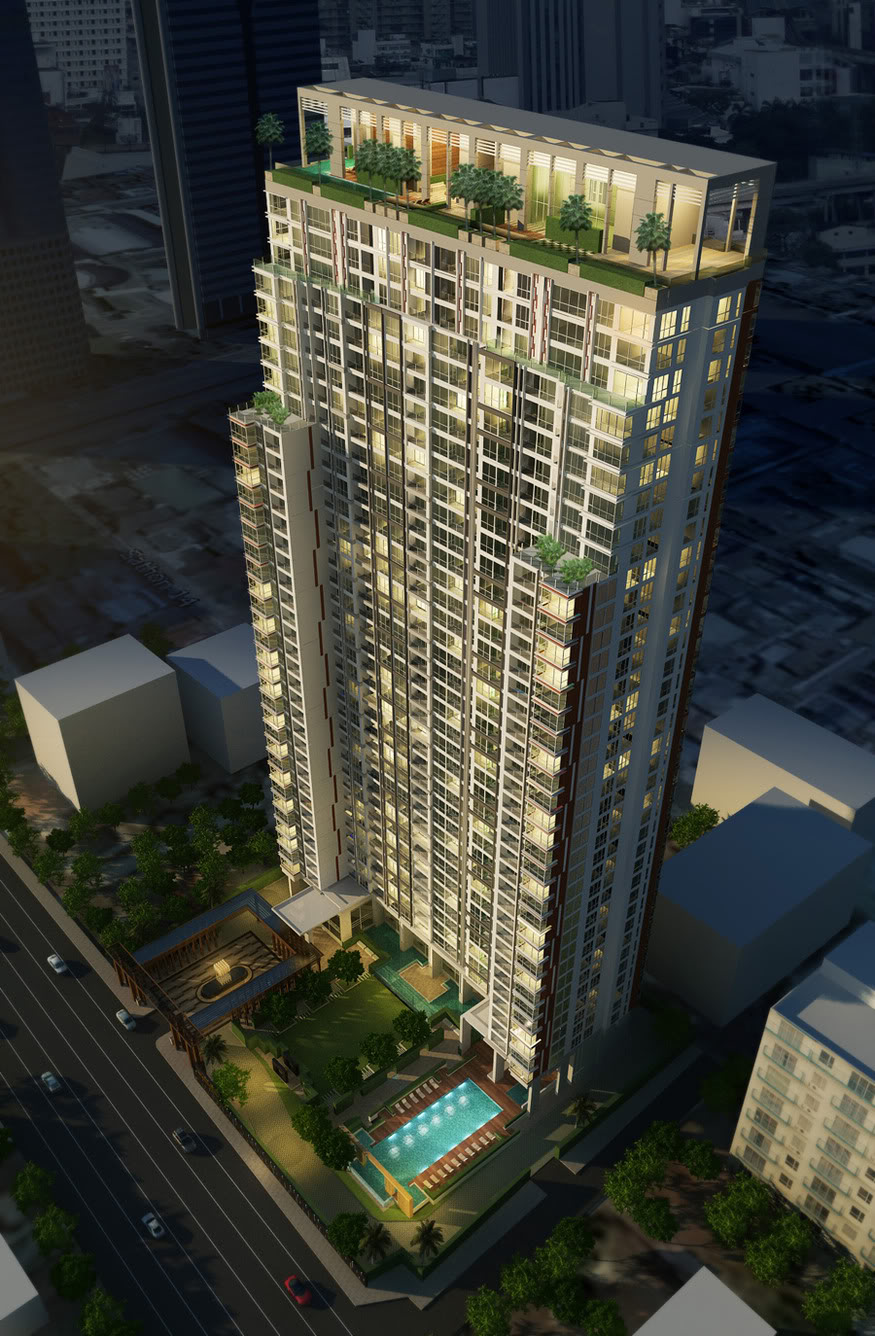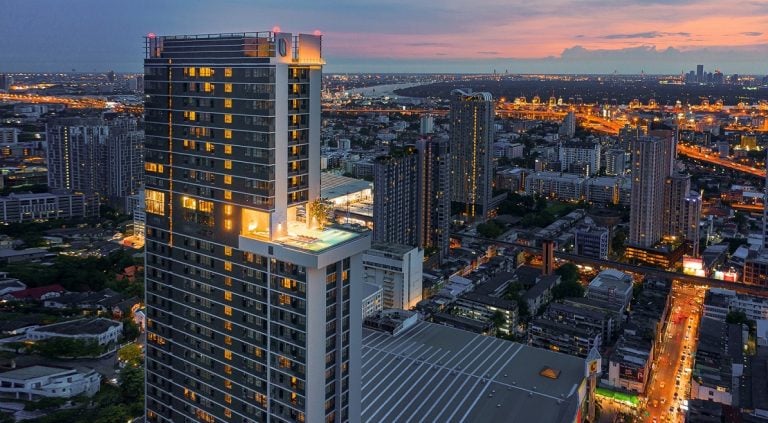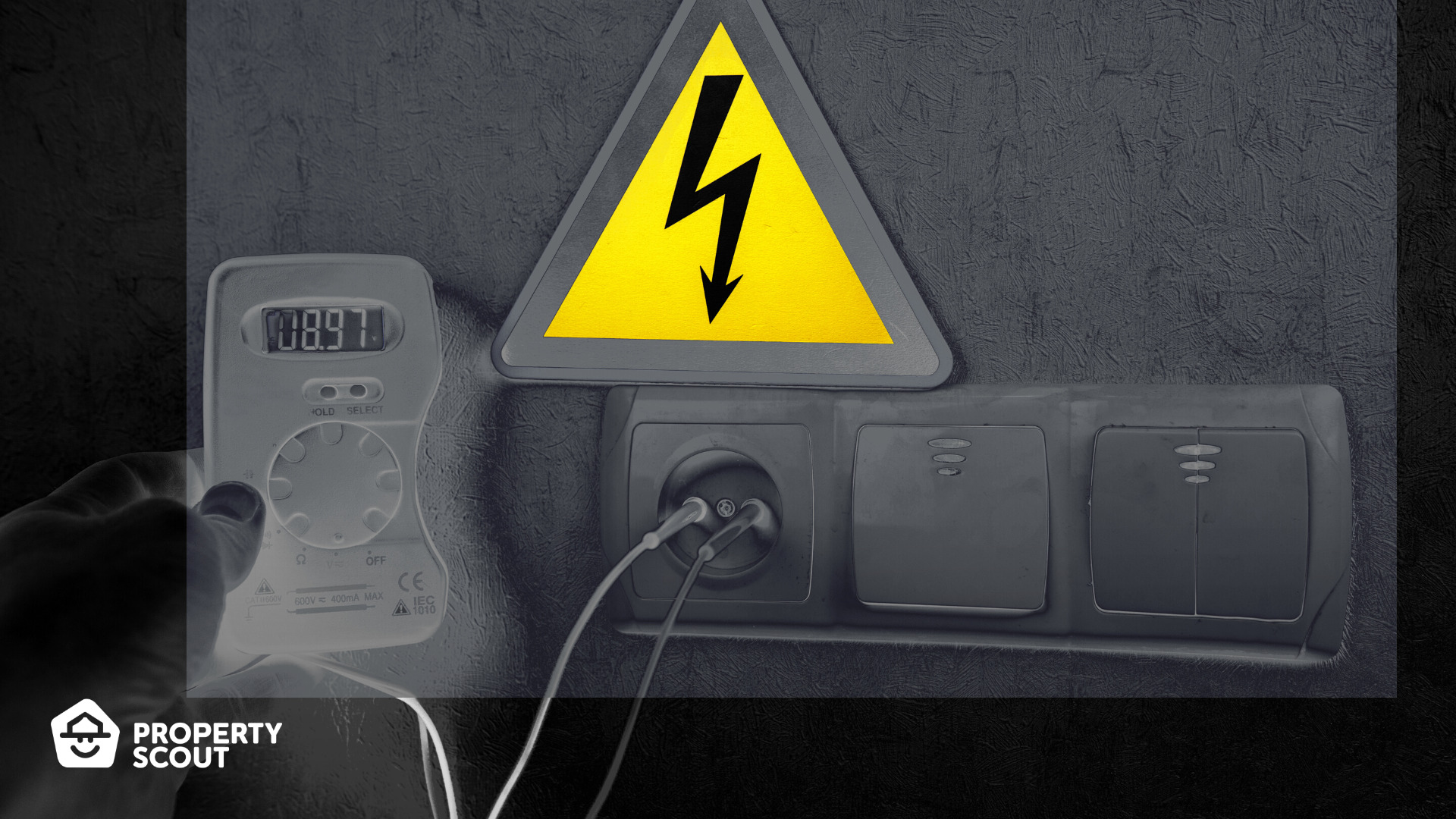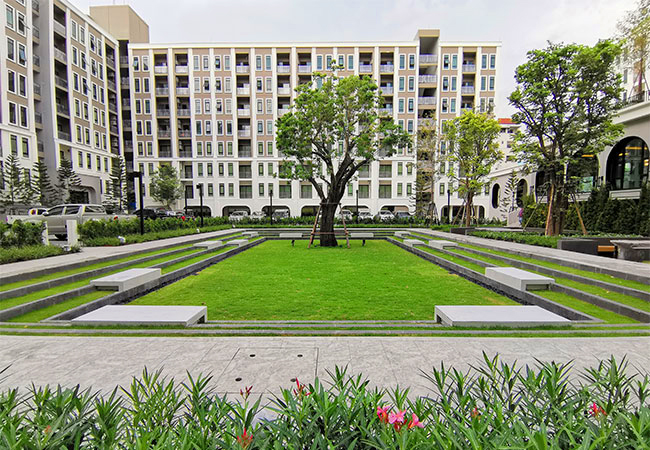In Short
Advice
Nana Neighborhood where boredom could never be found
If you ask one to name one of the very most popular nightlife spots in Bangkok, Nana definitely makes it to the top list. But not only for the growing market of clubs and bars along the area, Nana neighborhood is also a perfect combination of living neighborhood, cool hangout and party spot, and shopping malls with lots of things hustling only from just a walking distance.

Get to know the Nana neighborhood
There is no denial that Nana is a hub for Bangkok's nightlife with tons of high-end clubs and rooftop bars along the area. Furthermore, Nana is also a destination for middle eastern travelers. You will notice many Arabs and Middle Eastern communities as a majority of the northern Sukhumvit area. As most shops label with Arabic, English and Thai.
A mixture of multiple nationalities and regions in Nana leads to many condominium and hotel residential projects. You can walk almost everywhere from BTS Nana station to shopping malls and even to office buildings.
Places you shouldn’t miss in Nana
Shopping Malls
- Nana Square
A multi-store shopping center located by the corner of Soi Sukhumvit 3, or very well known as Soi Nana. This shopping center offers everything you need from clothing stores, suits and tailor made, grocery stores, and many authentic restaurants.
Landmarks and Business Districts
- Bumrungrad International Hospital
One of the most famous private hospitals in Bangkok, Bumrungrad International Hospital offers world-class medical treatment not only for Thai patients but also for everyone from overseas. It is the reason why Nana is a popular destination among middle easterns and arabians to stay, because they have a treatment with Bumrungrad International hospital.

Restaurants and Bars
- Sukhumvit Soi 11
Best party street in Bangkok, you must say. At Sukhumvit Soi 11, you will find hundreds of bars along the street with many many styles from sport bars to hip hop nightclubs. You named it, Soi 11 has everything to cover your needs. The street could last all night long, making this the area that never sleeps.

- Nana Plaza
Another nightlife attraction for those who want to truly experience Bangkok party spots. It is an entertainment complex or very much known as the red-light district which can give you a similar atmosphere of Soi Cowboy, only around 300 meters away from BTS Nana station.
How to get to Nana
By Public Transportation
Skytrain station with the same name, BTS Nana is a stop for this neighborhood. The area goes along the BTS Sukhumvit line from the northern part of Sukhumvit until the very end at Asoke station. As mentioned that Nana offers convenient walking distances with everything in between, you can just take a stop to this station and walk to everywhere you need. And within a few walks or one BTS station away, you will find BTS Asoke station which is an easy connection to MRT lines of Sukhumvit station.
By Cars
Nana area goes along with Sukhumvit road which sometimes faces heavy traffic during rush hours. We recommended taking BTS to avoid this busy road. However, traveling within Nana by car takes you to a lot of shortcuts here. Nana area starts from Soi Sukhumvit 3 which is an access shortcut to New Petchburi road in Makkasan district. Then on Soi Sukhumvit 4 toward the Thailand Tobacco Monopoly leads you to Ploenchit Intersection on Ploenchit Road.
Nana’s upcoming landmarks
Being a top destination for middle eastern travelers when visiting Thailand, in the future we are going to see more and more hotel projects, especially the high-scale one in this area, as these groups of travelers always stay in chain hotels rather than just a standalone one. Considering this area is a great opportunity for investment as well, if anyone is looking to own a property in this neighborhood, this is your chance to make more money in the long term.
How much does the area cost in Nana
We might actually spot more hotels than residential or condominium projects in the Nana neighborhood. Hotels in the area range from ultra luxury, mid-scale to even hostel. That explains how popular the neighborhood is for travelers who want to experience Bangkok’s nightlife and Arabian communities. The rise of the hotel is one reason why the cost of this area is rising each year. The price is between 210,000-650,000 baht/sqm. (as of October 13th, 2022) and continuing with expectation of hotel projects.
The rental price is starting from 10,000 baht/month for a condominium. However, it might be a little rare to find any rentals available under that price, since the area is pretty much surrounded by many high-end hotels which makes it difficult to find a lower price for any kind of accommodation. But you can be sure to have a property with such a perfect location.
Recommended residences in Nana
The Rich Nana
A high-rise condominium with only 350 meters from BTS Nana station and just a few minutes away from Ploenchit neighborhood, this is a mixed-use property project with residential area on the top floor and space for offices underneath. The property itself also offers a ‘Service Residence’ that comes with 24 hour reception, 24 hour security, laundry service, room service, daily housekeeping, and maintenance on-call.

The selling price is starting at THB 6,800,000
Looking to rent at The Rich Nana? click here
Looking to buy The Rich Nana? click here
Hyde Sukhumvit 11
Located on Soi Sukhumvit 11, it is considered a center of Nana neighborhood and only 450 meters from BTS station. You can walk from Hyde Sukhumvit 11 to everywhere nearby such as shopping malls, restaurants, and bars. Offering various bedroom types starting from a bedroom studio to top-floor penthouse.

The selling price is starting at THB 5,900,000
Looking to rent at Hyde Sukhumvit 11? click here
Looking to buy Hyde Sukhumvit 11? click here
Q1 Sukhumvit Condo by Q House
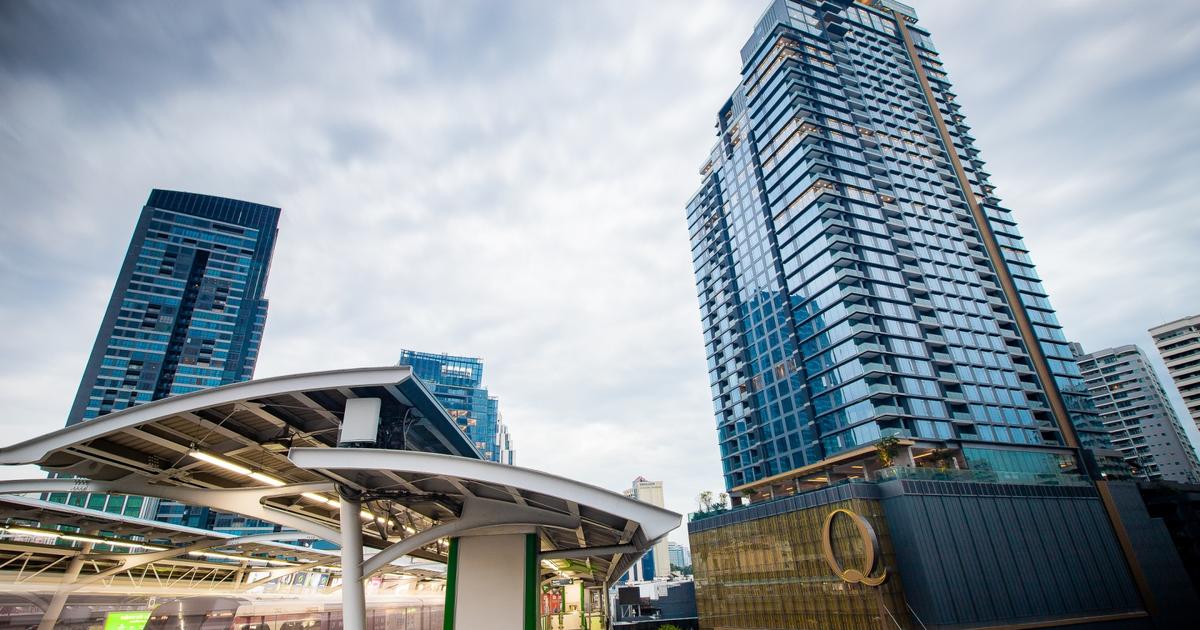
Another high-rise condominium with the specialty of the location, Q1 Sukhumvit Condo by Q House is almost exactly next to the BTS, even having direct access from the station. This residence definitely has a prime location in the area. 40-story height and offers various room types starting from 2 bed-rooms to a penthouse.
The selling price is starting at THB 30,000,000
Looking to rent at Q1 Sukhumvit Condo by Q House? click here
Looking to buy Q1 Sukhumvit Condo by Q House? click here
Don’t miss the Nana neighborhood
Overall, Nana neighborhood is definitely an ideal area to stay if you’re looking for a perfect walking distance location. You will find everything you need within just one BTS station and nearby, and it would be a dream of nightlife lovers to be close to the party scene at such a top location of Bangkok. The area itself is hustling both day and night, guaranteeing you would never get bored.
Looking for a property to buy or rent in Nana? Let PropertyScout help you!
FAQs
Lorem ipsum dolor sit amet, consectetur adipiscing elit. Suspendisse varius enim in eros elementum tristique.
Explore More Topics
Free real estate resources and tips on how to capitalise




